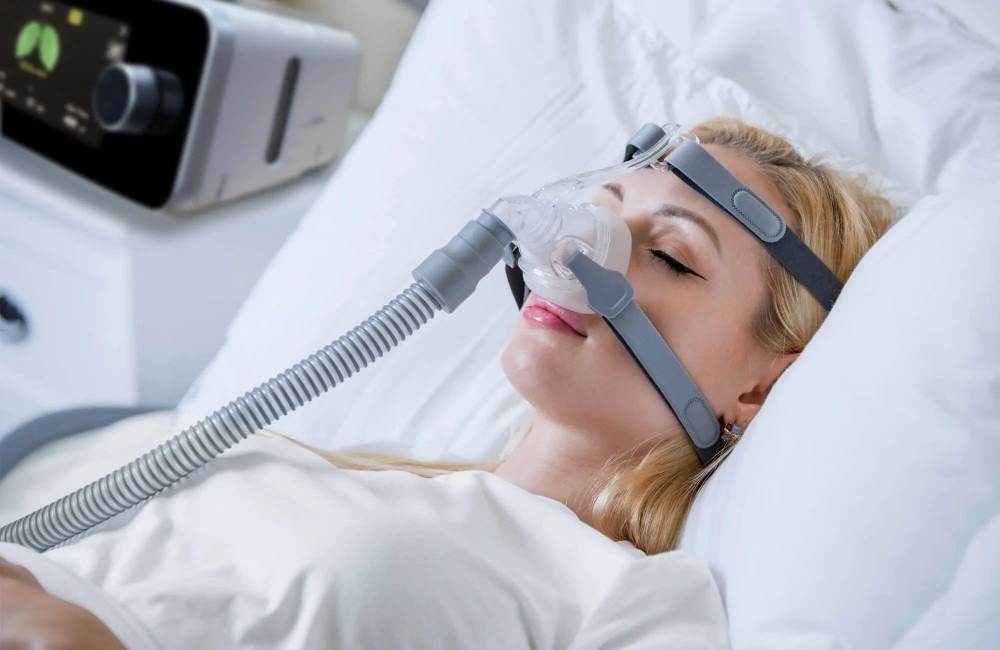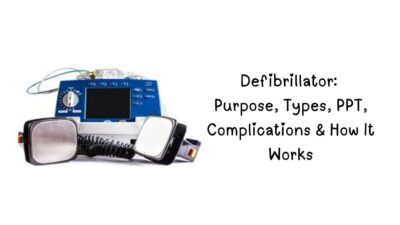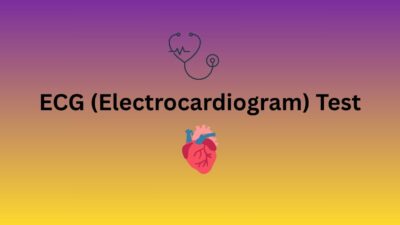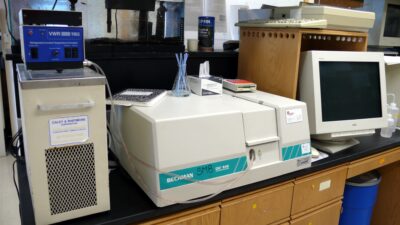What Is a BiPAP Machine?
BiPAP stands for Bilevel Positive Airway Pressure, a noninvasive ventilation therapy that helps people breathe better. Unlike mechanical ventilators that require intubation, BiPAP delivers pressurized air through a facial or nasal mask to keep your airways open.
It’s used for conditions like:
- Chronic Obstructive Pulmonary Disease (COPD)
- Sleep Apnea
- Respiratory failure due to hypercapnia
- Congestive heart failure
Table of Contents
How BiPAP Works
A BiPAP machine uses air pressure to help with both inhalation and exhalation. The system senses your breathing patterns and switches between:
- IPAP (Inspiratory Positive Airway Pressure): Higher pressure to support inhalation
- EPAP (Expiratory Positive Airway Pressure): Lower pressure to make exhaling easier
Some models are timed, while others adjust automatically (Auto-BiPAP).
IPAP vs. EPAP
| Pressure Type | Function | Typical Pressure Range |
|---|---|---|
| IPAP | Supports inhaling | 10–20 cm H₂O |
| EPAP | Supports exhaling | 4–10 cm H₂O |
This two-level system mimics natural breathing more closely than CPAP, offering greater comfort and efficacy for certain patients.
BiPAP vs. CPAP :What’s the Difference?
| Feature | CPAP | BiPAP |
|---|---|---|
| Air Pressure | Constant | Two-level (inhalation/exhalation) |
| Comfort Level | Moderate | High |
| Common Use | Sleep Apnea | COPD, respiratory failure |
| Cost | Lower | Slightly higher |
CPAP is great for straightforward obstructive sleep apnea, while BiPAP is often preferred for complex or chronic breathing issues.
Medical Conditions Treated with BiPAP
BiPAP therapy is used in emergency rooms, ICUs, and at home to treat:
- COPD (Chronic Obstructive Pulmonary Disease)
- Sleep Apnea (Obstructive and Central)
- Hypercapnic Respiratory Failure
- Heart Failure
- Asthma Flare-ups (in certain cases)
BiPAP Treatment
In Clinical Settings
- Titration: Device settings are adjusted based on your oxygen needs.
- Mask fitting: Nasal, full-face, or hybrid mask based on comfort and breathing needs.
- Monitoring: Vitals and blood gases are monitored during initial use.
Home BiPAP Setup
- Place the machine on a stable surface.
- Fill humidifier (if available).
- Attach hose and connect the mask.
- Adjust fit while sitting up.
- Turn on machine and lie down.
How Long Can You Stay on BiPAP?
| Condition | Recommended Use |
|---|---|
| Sleep Apnea | Nightly and indefinitely |
| COPD Flare-up | Days to weeks |
| Post-surgery recovery | Temporary |
| Emergency use | Until stabilized |
Note: BiPAP is supportive, not a substitute for mechanical life support.
Benefits of Using a BiPAP Machine
- Noninvasive and less risky than intubation
- Helps clear carbon dioxide buildup
- Effective in preventing hospital readmissions
- Eases symptoms of breathlessness
- Improves sleep quality and oxygenation
- Helpful alternative to CPAP in CPAP-intolerant patients
Risks and Drawbacks of BiPAP Therapy
- Can’t be used if the patient isn’t breathing spontaneously
- Discomfort, dry mouth, or pressure sores
- Claustrophobia from the mask
- Rare: Lung injury or barotrauma
- Low blood pressure (hypotension)
- Risk of aspiration pneumonia if vomiting occurs while on BiPAP
BiPAP Machine Cost and Insurance Coverage
Average BiPAP Machine Prices
| Device Type | Price Range |
|---|---|
| Basic BiPAP | $600 – $1,000 |
| Auto-BiPAP Machines | $1,200 – $2,500 |
| Portable BiPAP Units | $1,500+ |
Insurance Coverage
Most insurance plans, including Medicare and Medicaid, cover BiPAP machines if:
- Prescribed for an approved diagnosis
- Documentation shows CPAP failed or was not tolerated
Tips to Adjust to BiPAP Comfortably
- Use ramp feature to start with lower pressure
- Try wearing the mask during the day for acclimatization
- Choose the right mask for your sleep style
- Clean your mask and hose regularly to avoid infections
- Stay consistent — daily use improves outcomes
BiPAP Maintenance and Cleaning
| Item | Cleaning Frequency | Method |
|---|---|---|
| Mask | Daily | Warm soapy water |
| Hose | Weekly | Vinegar rinse or mild detergent |
| Humidifier | Weekly | Empty and air dry daily |
| Filters | Monthly | Replace or wash as per branin |
Latest Innovations in BiPAP Machines
- Auto-adjusting pressure based on real-time feedback
- Integrated SpO2 monitoring
- Smartphone app sync and cloud storage
- Battery-powered portable BiPAPs
- Quiet motors and improved humidifiers
Popular BiPAP Brands Comparison
| Brand | Best Feature | Price Range |
|---|---|---|
| ResMed | Auto-BiPAP, smart tech | $$$ |
| Philips Respironics | Comfort and quiet | $$ |
| DeVilbiss | Affordable and durable | $ |
FAQs About BiPAP Machines
1. What’s the difference between BiPAP and CPAP?
BiPAP uses two pressure levels (IPAP/EPAP), while CPAP uses one. BiPAP is more comfortable for people with exhalation difficulty.
2. Can I use BiPAP every night?
Yes. If prescribed for sleep apnea, nightly use is essential.
3. How do I know if I need BiPAP?
A sleep study or blood gas test indicating poor oxygen or high CO₂ can qualify you for BiPAP.
4. Is BiPAP covered by insurance?
Yes, most insurance plans, including Medicare, cover BiPAP with proper documentation.
5. What does BiPAP feel like?
Some people feel air being pushed in and out; it can take time to adjust, but many find it easier to breathe.
6. Can BiPAP be used during COVID-19?
Yes, but with precautions, as it can aerosolize viral particles. Use in negative-pressure rooms when in hospitals.



